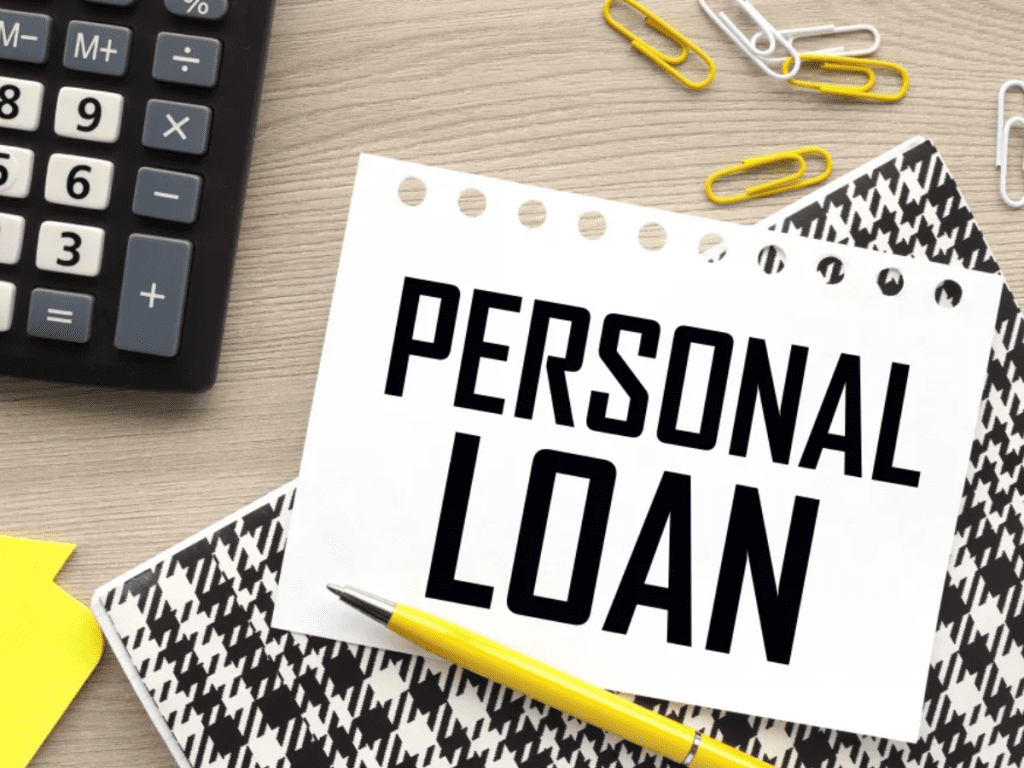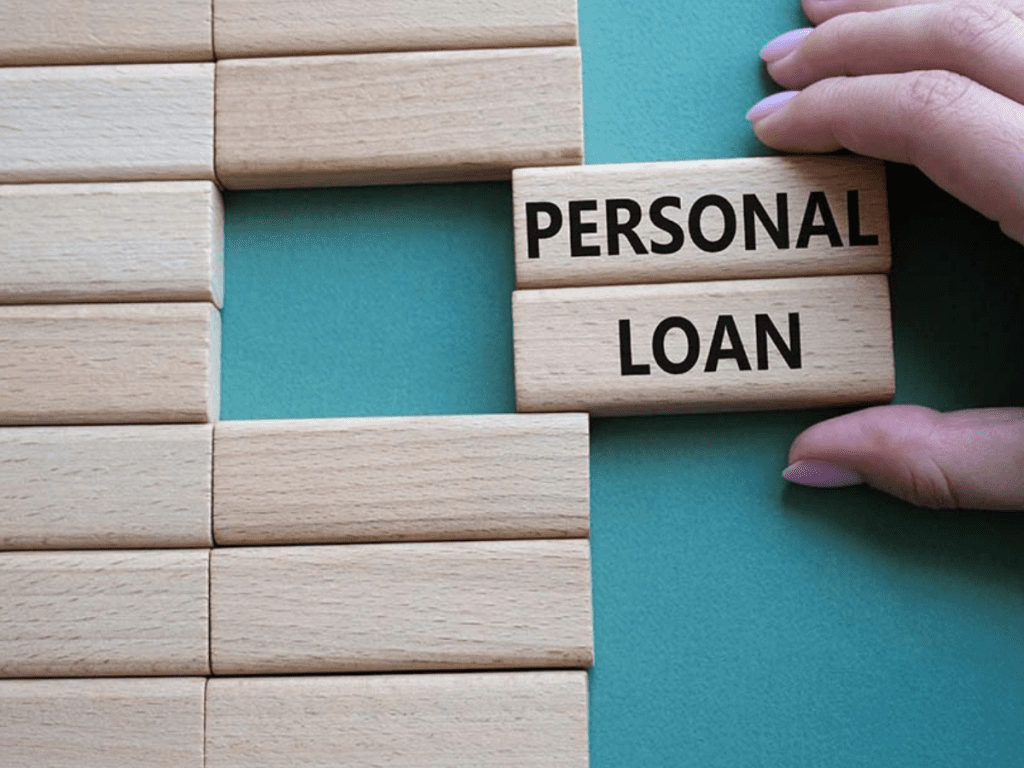Introduction
Personal loans are often a go-to financial solution for many people who need funds for various reasons such as consolidating debt, paying for unexpected medical expenses, home improvements, or even funding a major purchase. While personal loans can be a helpful tool, they come with hidden costs that borrowers often overlook. Understanding the full picture of what you’re committing to can save you from financial distress down the line. This article explores the hidden costs associated with personal loans, focusing on fees, interest rates, and repayment plans.
1. Interest Rates: The Primary Cost
Interest is the most significant cost associated with personal loans. Lenders charge interest as the cost for borrowing money, and it can vary widely based on a range of factors, including your credit score, the loan amount, and the loan term. Personal loan interest rates generally fall between 5% and 36%, with the lower end of the spectrum typically reserved for individuals with excellent credit scores.
While the rate seems straightforward, it can be deceiving. A lender may advertise a low-interest rate, but they could offset the cost with other fees or unfavorable terms. Additionally, personal loans often come with fixed interest rates, meaning your payments won’t fluctuate over time. However, fixed rates can still be high, and even a small difference in interest rates can add up to significant additional costs over the life of the loan.
Factors That Affect Interest Rates
- Credit Score: Your credit history is one of the most influential factors in determining the interest rate on a loan. Lenders see those with higher credit scores as less risky, leading to lower interest rates.
- Loan Amount and Term: Larger loans and longer repayment terms may have lower rates, but these loans could also lead to higher overall payments due to the extended term.
- Lender Type: Traditional banks, credit unions, and online lenders all offer personal loans, but the interest rates they offer can vary greatly. While banks might offer slightly lower rates, online lenders often provide faster approval processes and more flexible terms.
2. Fees: The Silent Culprits
In addition to interest, personal loans can come with a range of fees that can substantially increase the total cost of borrowing. These fees are often hidden in the fine print of the loan agreement, making it easy for borrowers to overlook them. Some common fees include:
Origination Fees
Many personal loans come with an origination fee, which is charged by the lender for processing the loan. This fee is typically a percentage of the loan amount and can range from 1% to 8%. The higher the origination fee, the more you will end up paying. For instance, if you take out a $10,000 loan with a 5% origination fee, you’ll pay an extra $500 in fees.
Prepayment Penalties
Some personal loans come with prepayment penalties, which are fees you pay if you pay off your loan early. While paying off a loan early may seem like a good way to save on interest, lenders may discourage this by charging you a fee. These penalties are often expressed as a percentage of the loan balance and can make it more expensive to pay off your loan before the agreed-upon term.
Late Payment Fees
Missed or late payments can trigger a late payment fee, which adds to the total cost of your loan. If you’re unable to make a payment on time, these fees can accumulate quickly and further affect your credit score. Repeated late payments can also result in a higher interest rate for any future loans you take out.
Loan Modification Fees
If you find yourself in a situation where you need to modify the terms of your loan—perhaps to extend the repayment period or adjust your payment schedule—some lenders charge a loan modification fee. This fee can add to your financial burden, especially if you’re already struggling to make ends meet.
3. Total Loan Repayment: The Long-Term Cost
When evaluating a personal loan, many borrowers focus on the monthly payment without considering the total cost of the loan over its entire term. The term length of a loan can drastically affect the amount of money you will ultimately pay. While a longer loan term can lower your monthly payment, it increases the total amount of interest you will pay over the life of the loan.
Monthly Payments vs. Total Repayment
A lower monthly payment may seem appealing, especially if you’re on a tight budget. However, stretching the loan term can lead to higher total repayment costs. For example, a $10,000 loan with a 10% interest rate over five years would cost $13,207.55 in total payments. On the other hand, if the same loan is extended to 10 years, the total repayment cost would increase to $15,865.43.
This demonstrates the importance of considering the long-term financial impact of a loan before committing to a repayment plan. While a shorter loan term might mean higher monthly payments, it can save you a significant amount of money in interest.
Debt Consolidation Loans
One of the most common uses for personal loans is debt consolidation. By taking out a personal loan to pay off high-interest credit cards or other debt, borrowers can often secure a lower interest rate and simplify their payments. However, consolidating debt doesn’t always result in savings. If you extend the term of the loan or miss payments, you could end up paying more in interest than if you had kept the original debt.
4. Hidden Costs of Borrowing
Apart from the fees and interest, there are other hidden costs associated with personal loans that may not be immediately apparent. These include:
Credit Score Impact
Taking out a personal loan can affect your credit score. Initially, your credit score may drop due to the hard inquiry from the lender. Additionally, your credit utilization ratio may change if you’re using the loan to pay down other debts, which could affect your score. On the other hand, making timely payments on your loan can help improve your credit score over time.
Loan Default Consequences
If you fail to repay your loan as agreed, the consequences can be severe. Defaulting on a personal loan can lead to legal action, wage garnishment, and a significant drop in your credit score. Not only does this make it harder to borrow money in the future, but it can also lead to lasting financial difficulties.
Insurance and Other Add-Ons
Some lenders may encourage you to take out loan protection insurance, which ensures that your loan will be repaid in case of job loss, illness, or other unforeseen circumstances. While this may seem like a good idea, the premiums can be expensive and add to the overall cost of the loan. Additionally, lenders may try to sell other add-ons that are not essential to the loan itself, increasing the total cost.
5. Repayment Plans: Flexibility vs. Cost
Most personal loans come with a fixed repayment plan, meaning the amount you pay each month remains the same throughout the term of the loan. However, some lenders offer more flexible repayment options, such as allowing borrowers to make larger payments or skip payments without penalty. While these options may seem attractive, they can also add complexity to the loan agreement and increase the overall cost.
Automatic Payments and Discounts
Some lenders offer discounts if you set up automatic payments from your bank account. While this can save you money, it also locks you into a fixed repayment schedule, which may limit your flexibility. If your financial situation changes, you might find it difficult to adjust your payments.
Alternative Repayment Plans
If you’re struggling to make the required payments, some lenders may offer alternatives, such as extended terms or reduced payments for a period. However, these options often come with additional fees or increased interest rates, which can negate any short-term relief. It’s important to evaluate the total cost of these modifications before agreeing to them.
6. How to Minimize the Hidden Costs
While personal loans come with a range of hidden costs, there are strategies you can use to minimize these expenses:
- Compare Lenders: Not all personal loans are created equal. By shopping around and comparing loan offers, you can find a lender that offers the best interest rates, lowest fees, and most favorable terms for your situation.
- Pay Attention to Fees: Always read the fine print and understand the fees associated with the loan. Be sure to ask the lender about any potential hidden fees and get them in writing.
- Opt for Shorter Terms: If you can afford higher monthly payments, a shorter loan term can save you money in interest over the life of the loan.
- Avoid Unnecessary Add-Ons: While loan protection insurance or other add-ons may seem like a good idea, they can significantly increase the cost of the loan. Only opt for these extras if they’re absolutely necessary.
- Stick to a Budget: Ensure that your loan payments fit within your budget. Struggling to make payments can lead to late fees, higher interest rates, and damage to your credit score.
Conclusion
Personal loans can be a useful financial tool, but they come with a range of hidden costs that can significantly increase the total cost of borrowing. Understanding the full scope of these costs, including fees, interest rates, and repayment plans, is crucial for making an informed decision. By being diligent in comparing lenders, reading the fine print, and budgeting accordingly, you can minimize the financial impact of a personal loan and ensure it remains a helpful resource rather than a burden.

